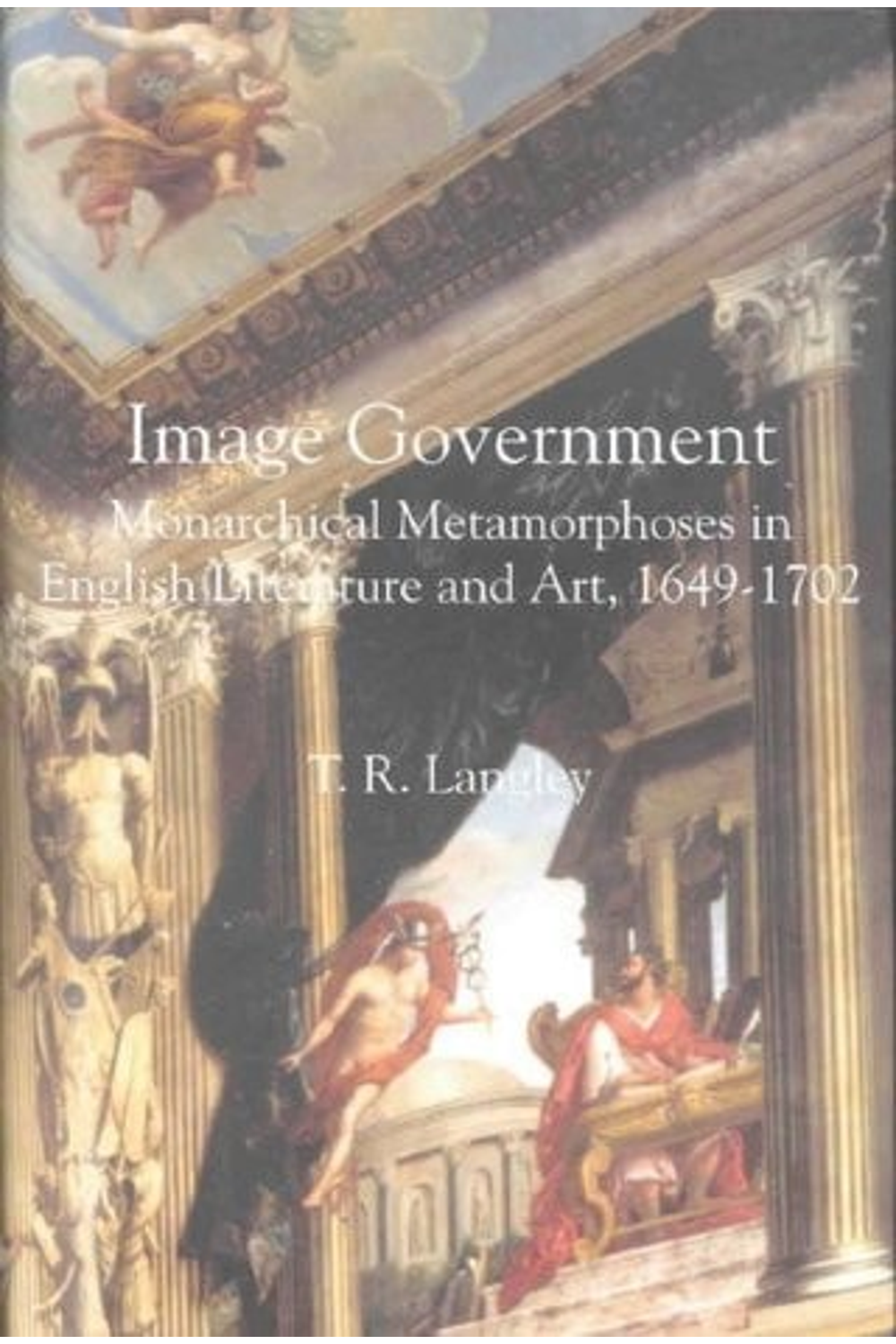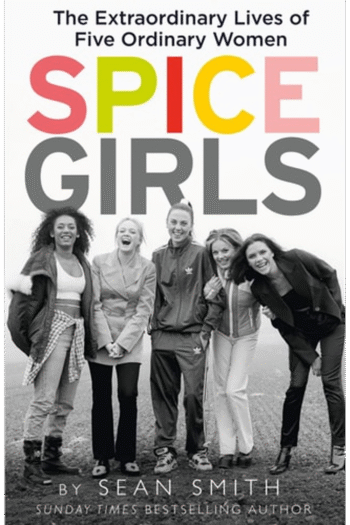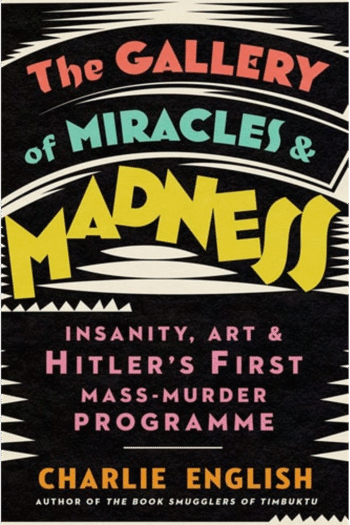Uncover the hidden political strategies of 17th-century England with T.R. Langley’s “Image Government.” This hardcover edition delves into the sophisticated use of art and literature as propaganda during a period of dramatic political upheaval. Langley exposes how figures like Edmund Waller, John Dryden, and even visual artists like Antonio Verrio, were instrumental in shaping public opinion and legitimizing shifting power structures, particularly during the reigns of Charles II, James II, William III and Mary II, and Anne. Far from a dry historical account, “Image Government” reveals the intense ideological battles fought through poetry, prose, and painting. Langley analyzes how these mediums were employed to promote or undermine concepts of monarchy, divine right, and legitimate succession. Explore the nuances of the Restoration and the Glorious Revolution through the lens of artistic manipulation, and discover how image-making influenced the course of British history. A must-read for students of English literature, history, and art, this book offers a fresh perspective on a pivotal era. It also offers insight in the political manouvering around the important theological issues of the time, such as the Non-Juror controversy. Discover how art was wielded as a powerful tool for shaping public perception and solidifying political control in late Stuart England, and how this compares to the present day.
Image Government (Monarchical Metamorphosis in English Literature and Art, 164)
19,38 $
In stock
‘Spin’ seems to be everywhere in politics nowadays, and is often spoken of as if it were entirely new. This book gives the lie to that claim, showing how the art of the spin-doctor was widely practised over three hundred years ago. The term ‘art’is used here in the sense of artistic imagery as well as of the skill of the spinner in manipulating opinion. Langley discusses the work of authors such as Edmund Waller and painters like Antonio Verrio to illuminate the changing ideologies of the late Stuart era and the way in which ideas about sovereignty were expressed by artists. Image Government traces some of the cranks and windings, ebbings and flowings that lead from Charles I’s downfall to Queen Anne’s coronation, as they are registered in printed literature and visual art. The poetry of Marvell and Dryden, multifarious political writings by greater and lesser figures, and the works of significant divines like the Whiggish Burnet, and Hickes, doyen of the non-jurers, are all used to show how the expression of ideas changed in the second half of the seventeenth century. While his awareness of the contributions of modern scholarship is everywhere apparent, the author shows a magisterial grasp of often under-exploited primary sources. This book will be a valuable addition to the libraries of all students and scholars of later seventeenth-century literature, history and art in bringing to light aspects of sovereignty and the underlying principles of political cohesion in the period which have hitherto been little understood.
| Authors | |
|---|---|
| Binding | |
| Condition | |
| ISBN-10 | 0227679636 |
| ISBN-13 | 9780227679630 |
| Language | |
| Pages | 260 |
| Publisher | |
| Year published | |
| Weight | 590 |
| Edition | First Edition |
Related products
West Highland White Terrier
19,70 $Unrivaled (Beautiful Idols, 1)
18,35 $
- Additional information
- Currencies
- USD – United States dollar
- EUR – Euro
- GBP – Pound sterling
- CNY – Chinese yuan
- BRL – Brazilian real
- MXN – Mexican peso
- JPY – Japanese yen
- PHP – Philippine peso
- THB – Thai baht
- PLN – Polish złoty
- CAD – Canadian dollar
- MYR – Malaysian ringgit
- AUD – Australian dollar
- TWD – New Taiwan dollar
- CZK – Czech koruna
- SEK – Swedish krona
- HUF – Hungarian forint
- ILS – Israeli new shekel
- CHF – Swiss franc
- HKD – Hong Kong dollar
- DKK – Danish krone
- SGD – Singapore dollar
- NOK – Norwegian krone
- NZD – New Zealand dollar





